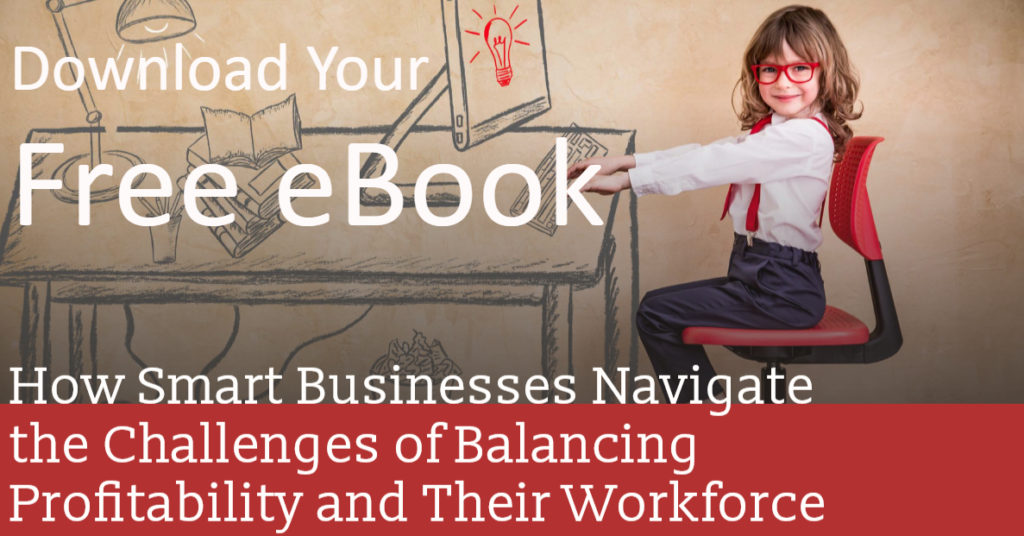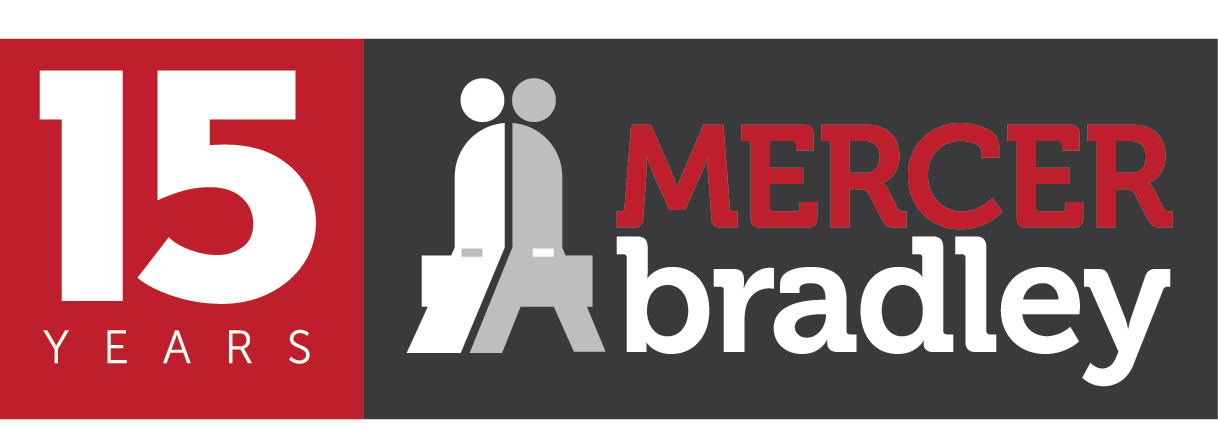Improving productivity and efficiency in your workforce helps to optimize your business. Being able to produce substantial volumes of high-quality products/services while using existing resources can increase your bottom line. Knowing the difference between productivity and efficiency and what impacts them helps you to increase both and improve business results.
Profitability Tips For Small Businesses
1. Defining Productivity and Efficiency
Productivity is measured by the output in a specific period. Greater productivity means greater output. For instance, if 600 units are produced one week and 800 units the next, the second week is more productive.
Efficiency is measured by the quality of results produced. Efficiency takes into account how resources were used in the production and quality of the end products to achieve maximum productivity with minimum waste. For instance, two saleswomen who sell insurance packages for the same company have different approaches to their work. In one month, the first saleswoman brought in business worth $20,000 by meeting with prospects and spent $6,000 on travel. The second saleswoman brought in business worth $18,000 by talking with prospects over the phone and had a $50 phone bill. Although the first saleswoman brought in a higher volume of sales, she used more resources and created a smaller profit for the company. In contrast, although the second saleswoman brought in a lower volume of sales, she used fewer resources and created a bigger profit for the company. As a result, the second saleswoman was more efficient.
2. Impacting Productivity
Multiple factors impact productivity. For instance, proper training and development of management, taking regular breaks, and working with qualified team members increase productivity. Using proper technology and quality materials while reducing workloads also improve productivity. Improving the physical work environment, including furniture, lighting, temperature and noise, make workers more productive. Providing a clear vision and strategy along with incentives such as direct decision making, bonuses and promotions also make workers more productive. Regularly evaluating employee performance, minimizing stress, and improving job security increase productivity. Removing obstacles, such as by streamlining the company’s structure, building a culture of autonomy and accountably, and focusing time on delivering for customers and shareholders also improve productivity.
3. Impacting Efficiency
A variety of factors impact efficiency. For instance, taking proper breaks, being adequately compensated, and receiving proper incentives improve efficiency. Building strong relationships between managers and employees, having qualified workers in the proper roles, and using adquate technology increase efficiency. Working with healthy employees in a logically organized environment with few distractions improves efficiency. Having clearly defined targets and encouraging employees to ask questions increase efficiency.
Partner with a Leading Accounting and Finance Recruiting Firm in Western Canada
Balance profitability and your workforce by having the right accounting and finance professionals in place. Partner with Mercer Bradley.





Leave a Reply